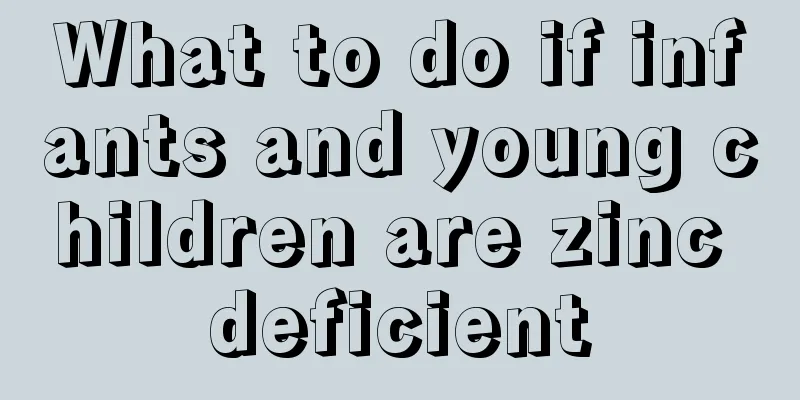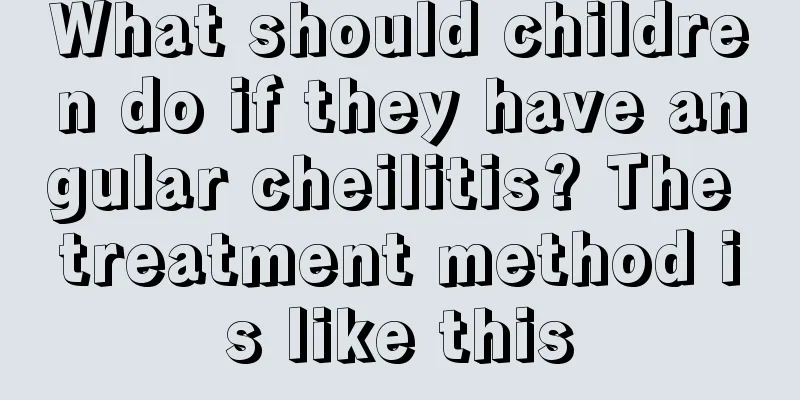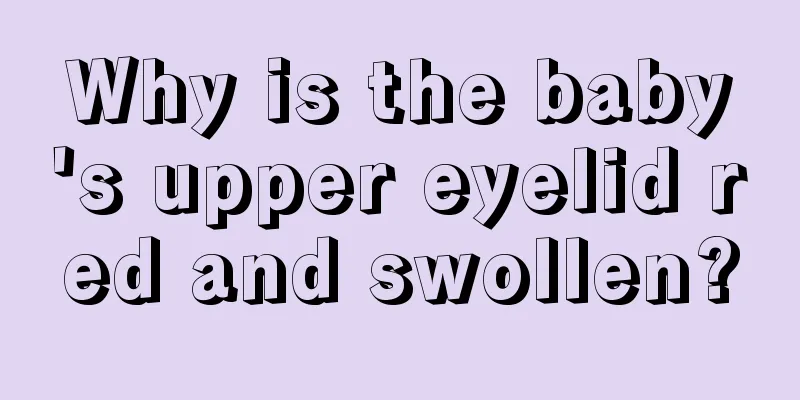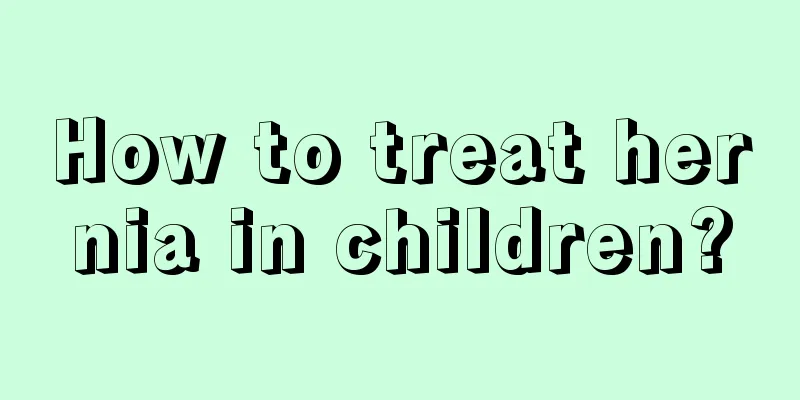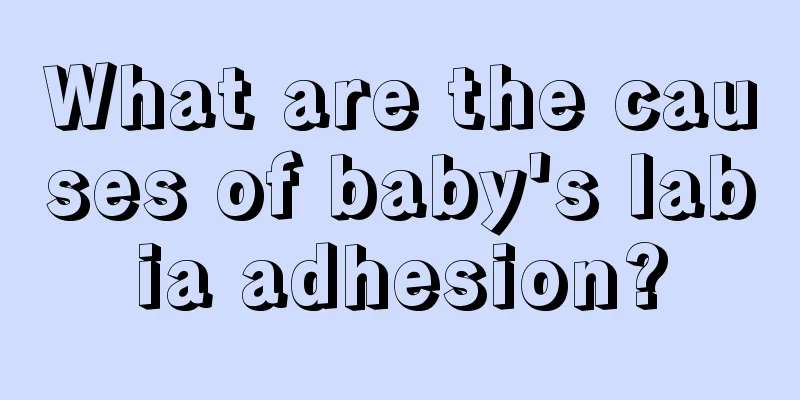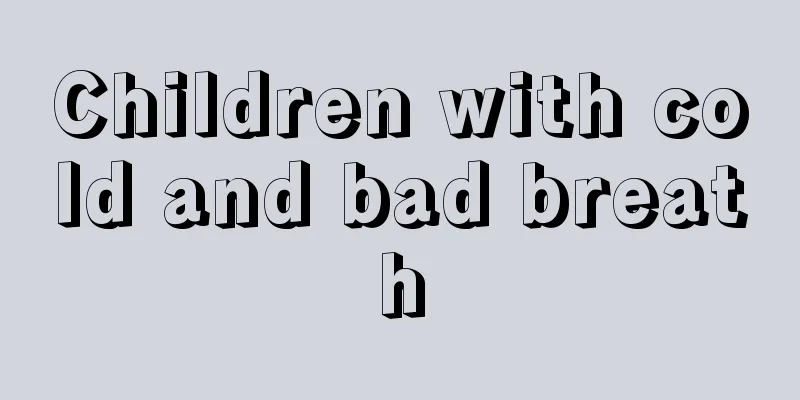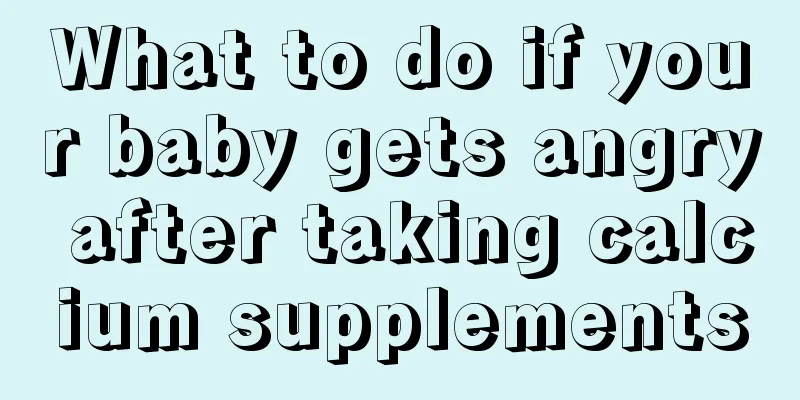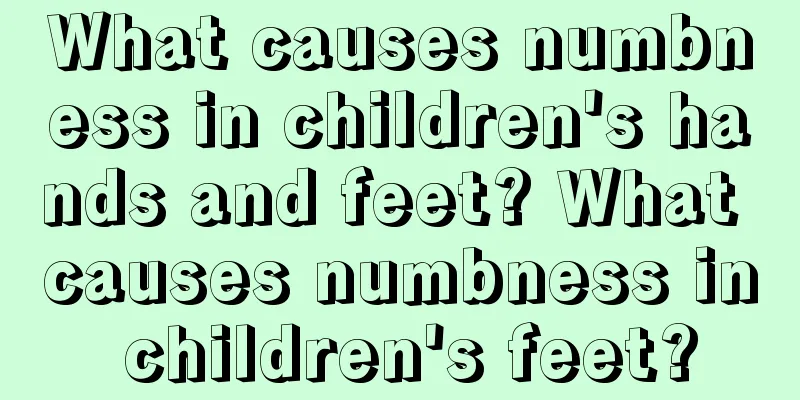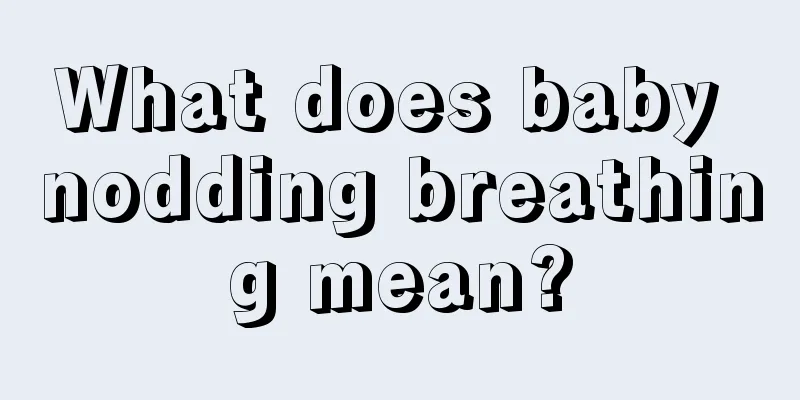Six-month-old baby has fever and cold hands and feet
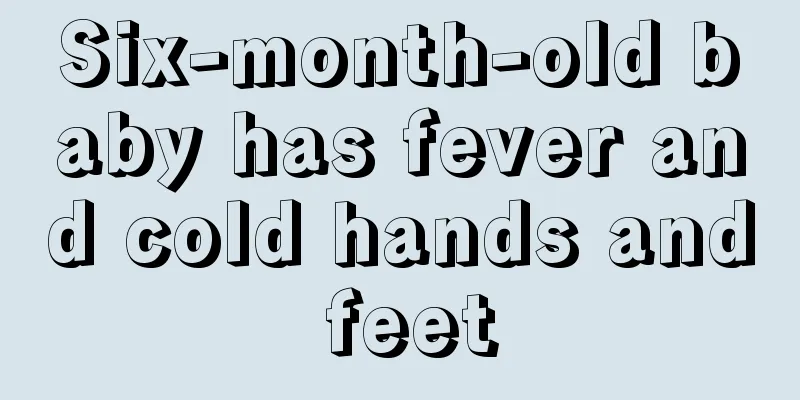
|
Since babies' immune systems are not fully developed, they are likely to catch colds and fevers easily. Parents must always pay attention to changes in their babies so that they can deal with abnormal situations in a timely manner. If babies have cold hands and feet when they have a fever, it does not mean that their condition has improved, but because the fever is an internal fever. At this time, the temperature needs to be lowered as quickly as possible to ensure the safety of the child. Many mothers have found that although their babies have a fever, their hands and feet are cold. In fact, this situation is quite common. Although the child's hands and feet are cold, his internal organs are in a feverish state. The child has a high fever but his hands and feet are cold. After the body temperature gradually drops, his hands and feet slowly become warm again. In fact, this is a phenomenon of false cold and true heat. Next, let's take a closer look at the six-month-old baby It is common clinically to see babies with fever but cold hands and feet. This phenomenon of false cold and real heat is mainly because the baby's (especially infants and young children) limbs have less blood than their internal organs. Due to insufficient blood supply to the limbs, they are more likely to feel cold than adults. In addition, the baby's nervous system is not yet fully developed, and the autonomic nerves responsible for managing vasodilation and contraction are prone to disorder, causing the small blood vessels at the ends of the limbs to be in a spasmodic contraction state and become cold when the high fever first occurs. Both parents hope to help their baby cool down as soon as possible. When they feel the baby’s hands and feet are cold, they think the baby’s fever has subsided, but this is not the case. When a baby has a fever and has cold hands and feet, it does not really mean the fever has subsided. Appropriate care measures can be taken to prevent the body temperature from rising again. Many parents do not understand this situation. Once they find their baby's limbs are cold, they mistakenly think that the baby has caught a cold and is afraid of the cold, so they immediately wrap the baby tightly. As a result, the baby's body temperature cannot be dissipated in time and keeps rising, and even high fever and convulsions occur. If the body temperature exceeds 38.5 degrees, do not reduce the fever too quickly when the child has a fever. Many parents are eager to reduce their children's fever because they are worried that the fever will damage their children's brains and affect their intelligence. In fact, a simple fever will not affect the intellectual development of children. |
<<: Baby sleeping with cold hands
>>: Why do children have cold hands and feet when they have a fever?
Recommend
What are the taboos for children in emergency room after rash
Children have weak immunity and resistance, and t...
Is it good for children to drink lemon honey water?
Everyone knows that lemon honey water is a drink ...
Causes of eczema on newborn baby's face
The skin of a newborn is generally delicate, so i...
Baby's ear is scratched and water is flowing
For first-time mothers and fathers, the most impo...
What are the causes and symptoms of stuttering in children?
Children often stutter, which is commonly known a...
Is recurrent oral ulcers in children Behcet's disease?
If children have repeated oral ulcers, parents mu...
How to correct a child's head tilt
Children are treasures in the eyes of their paren...
Do children have faster heart rates than adults?
Everyone's heartbeat speed is different in da...
What is the latest treatment for cerebral palsy in children?
There are indeed many methods for treating cerebr...
What should I pay attention to when bathing my baby with urticaria?
Hives are very itchy and cause a lot of red rashe...
What should I do if my child has rectal polyps?
How should children be cared for and treated when...
The time of tooth replacement in children
We will all experience tooth replacement in the c...
What should I do if my child has blisters on his feet?
There are many types of blisters. When children g...
What should I do if my child always steals things?
Some parents will find that their children often ...
What should we do if children have recurrent respiratory infections?
Many parents are worried about their baby’s healt...
